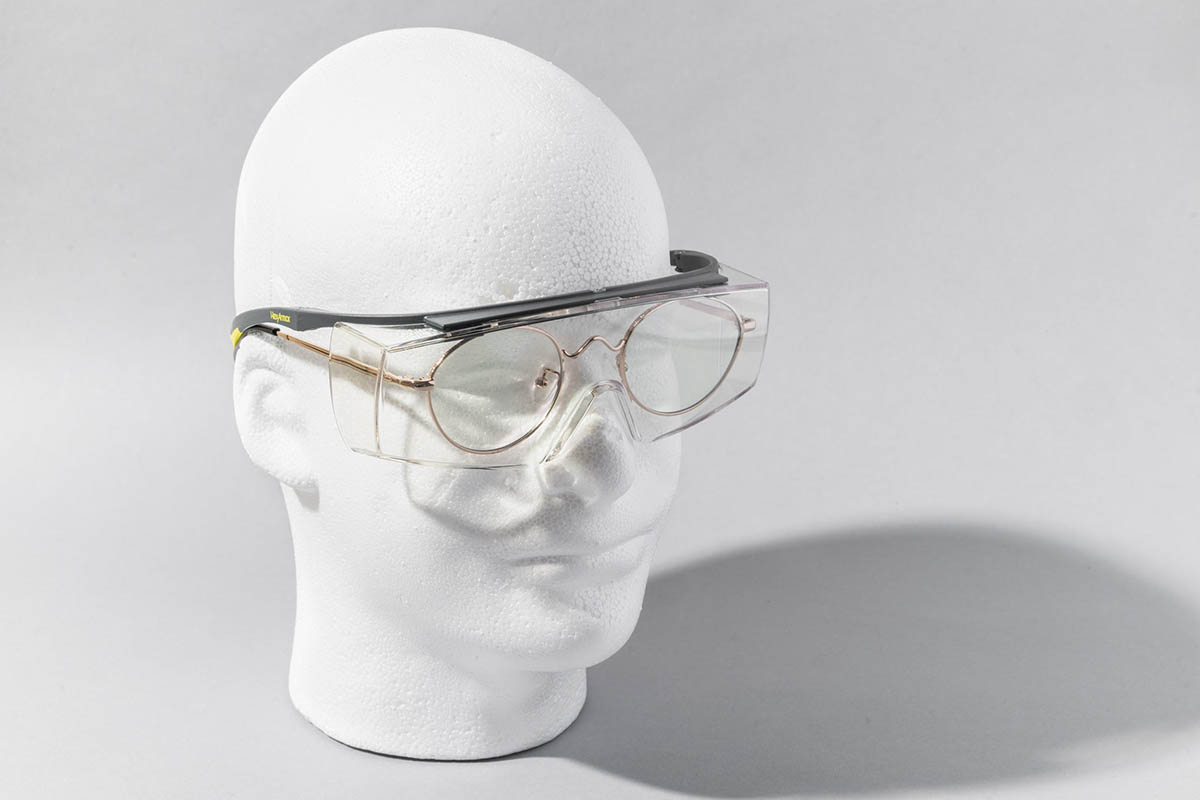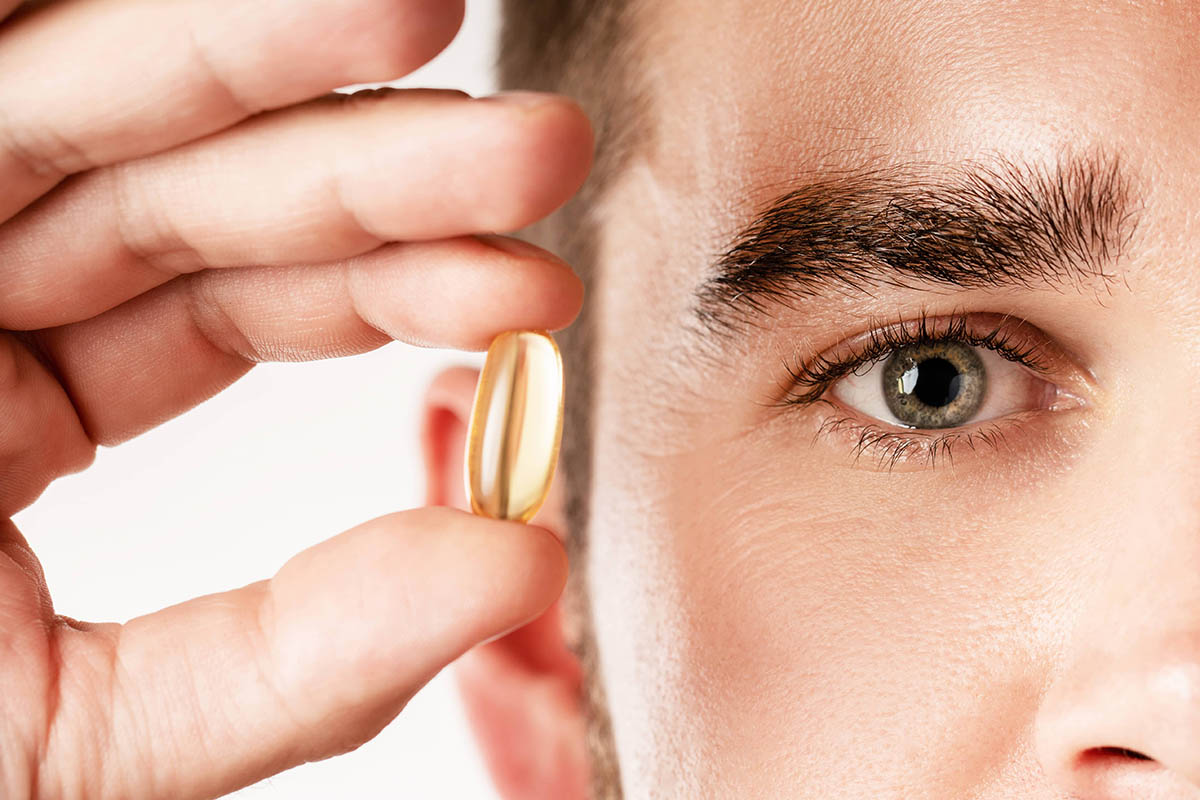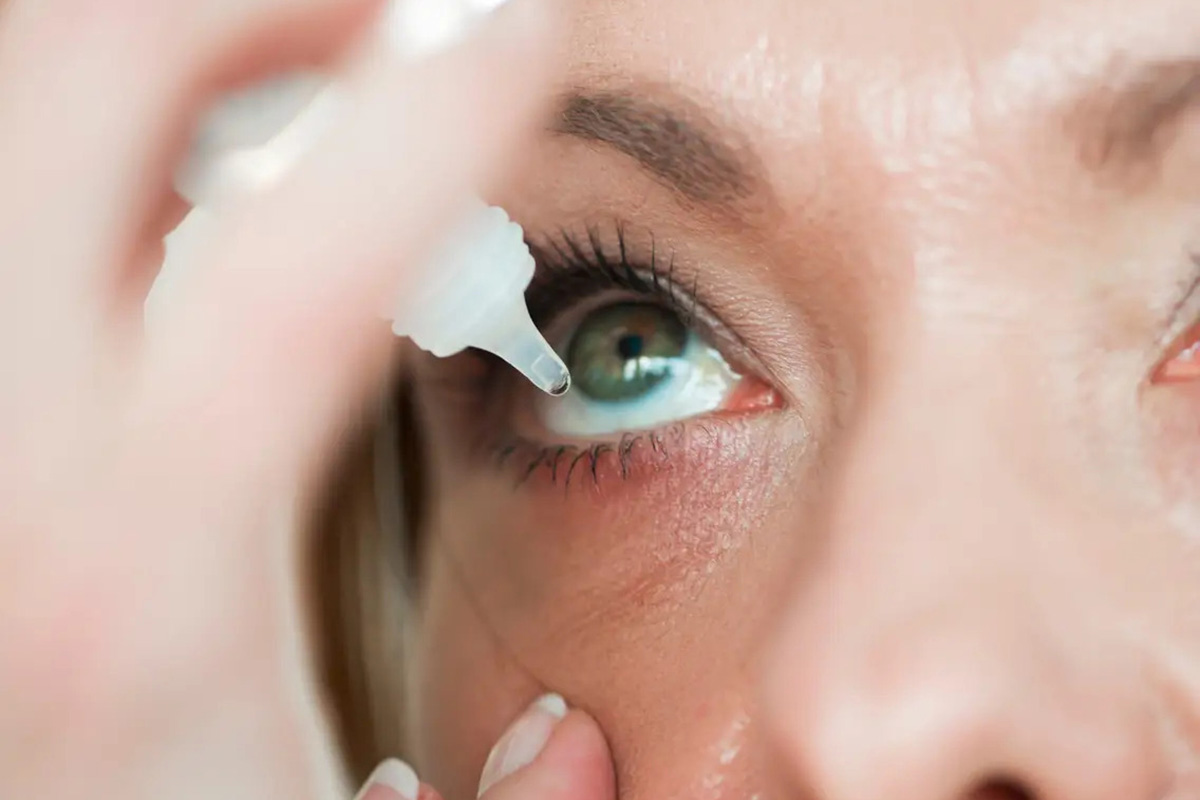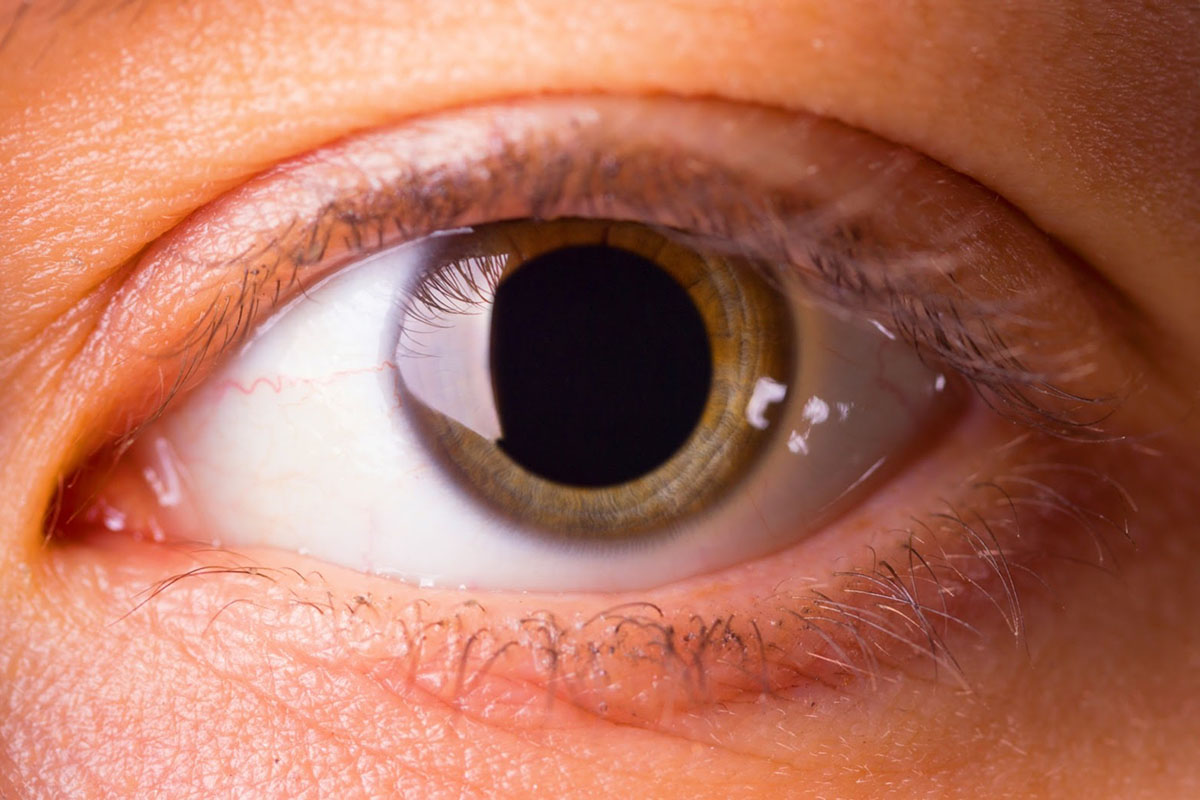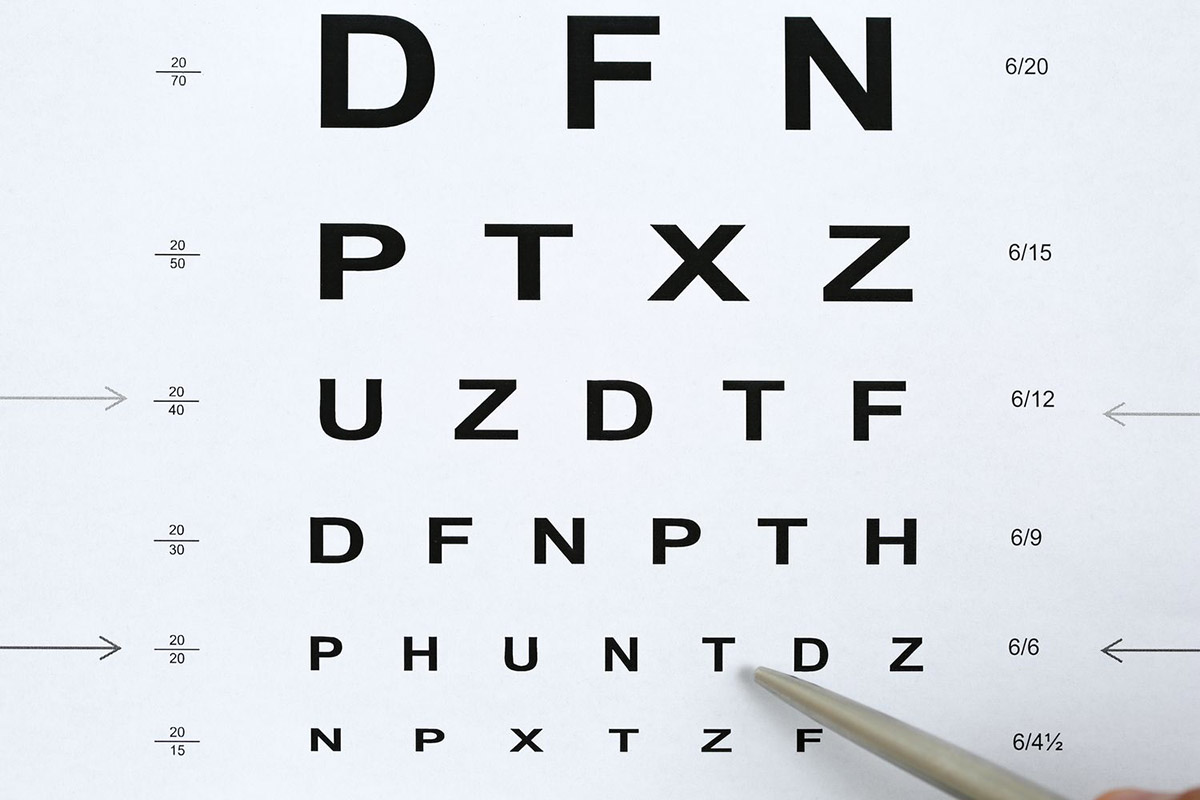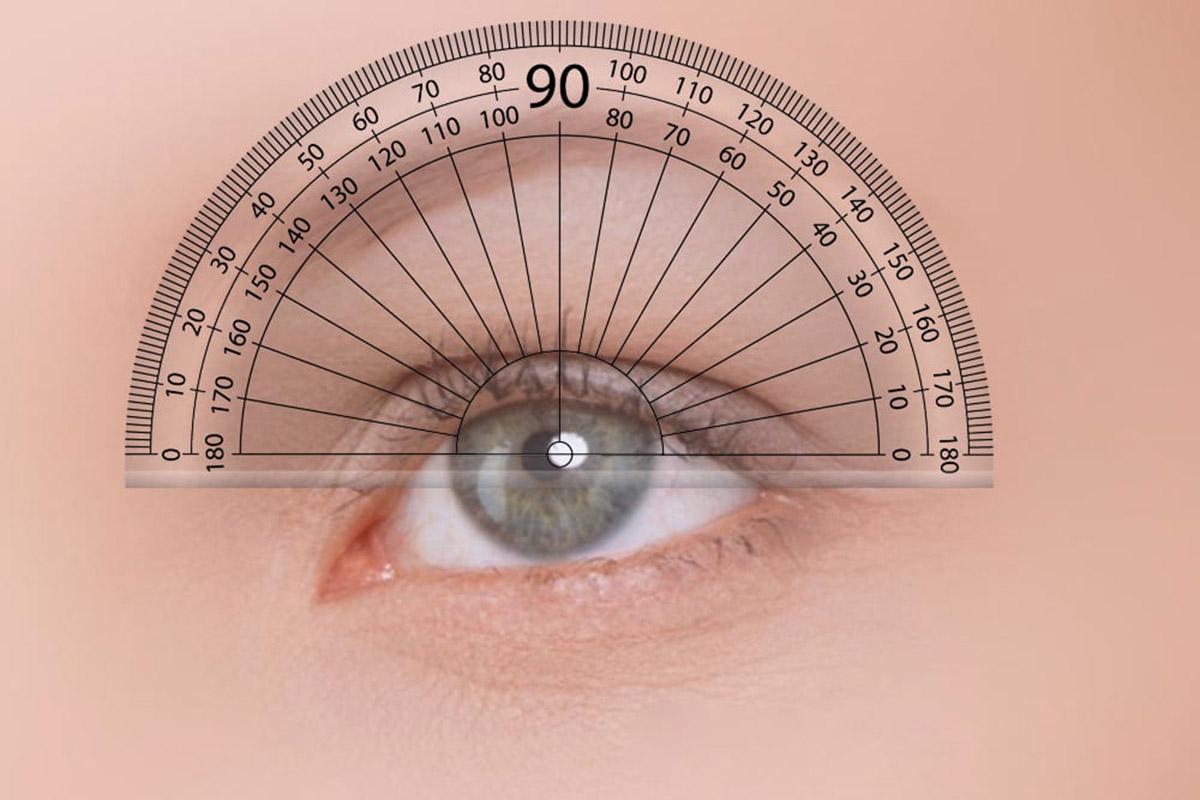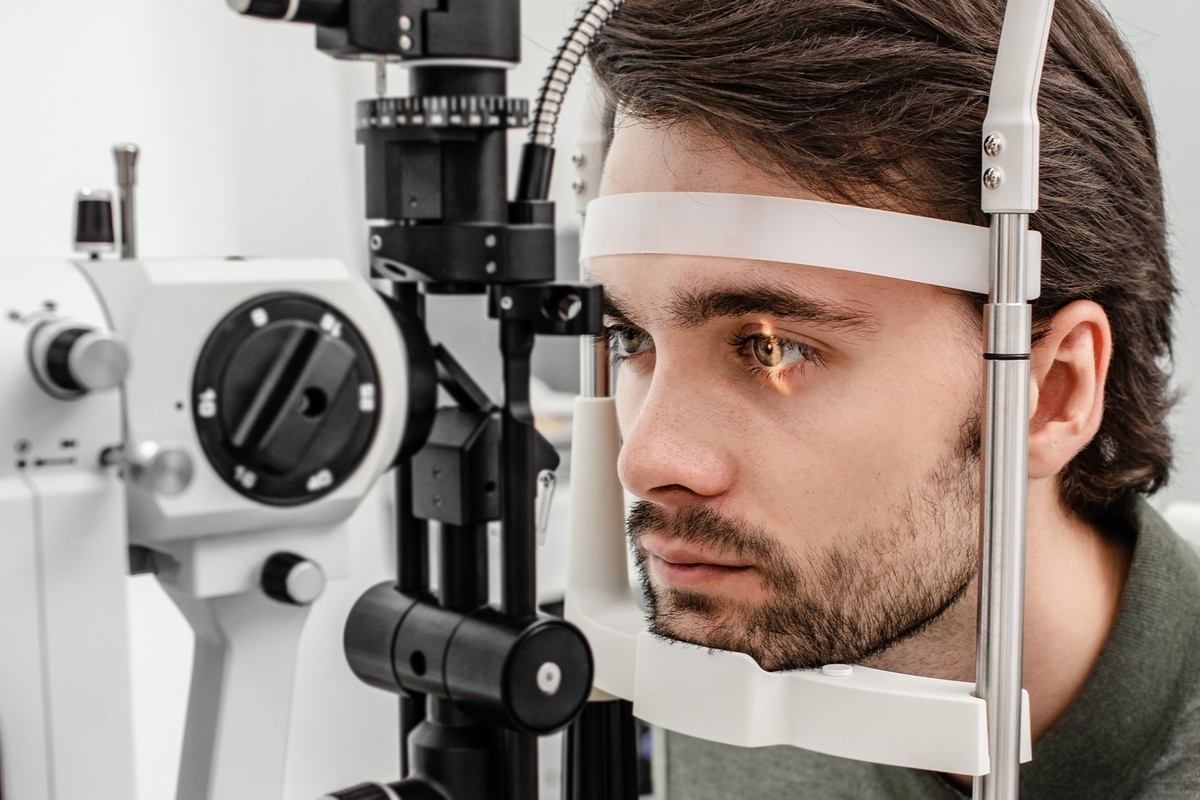Wearing safety glasses protects your eyes from injuries that can cause vision loss. Safety glasses offer a higher standard of impact resistance than regular eyeglasses. Protective eyewear has features such as thinner prescription safety lenses as well as two classifications of performance. Testing of frames for safety glasses and goggles is done with the same criteria. This includes frame tests for basic and high-impact applications.
Protective eyewear is essential in many occupations. Those working in high-risk jobs can benefit. Carpenters, machinists, and plumbers are among those working in these areas. Standards for safety …
Safety Glasses for Your Eye Protection
